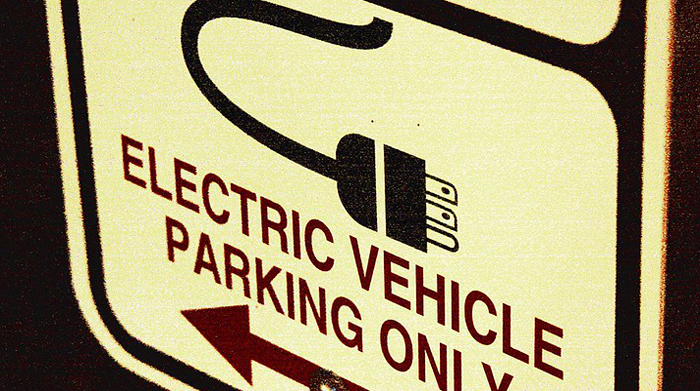EPRI Launches Initiative to Manage Increased EV Loads

Image courtesy of brx0 under Attribution-ShareAlike 2.0 Generic License, resized to 700 x 391 pixels.
The rise of electric vehicles (EVs) and EV loads will impact the nation’s power grid in multiple ways. As an example, the Energy Information Administration (EIA) predicts that power consumption from the transportation sector will increase from 12 billion kWh in 2021 to over 145 billion kWh in 2050.
For this reason, the Electric Power Research Institute (EPRI) just launched a 3-year collaborative effort designed to find ways to alleviate the stress this will put on the U.S. power grid.
How the EPRI Expects to Manage Increasing EV Loads
The overall objective of the EPRI initiative, called “EVs2Scale2030,” is to “ready the electric grid in support of the accelerated development of EV charging infrastructure” in order to accommodate the expected increase in EV loads.
It will involve a collaborative effort from companies like Amazon to develop a mapping platform that can “zoom down to the feeder level” to provide granular EV data to utilities. It will also focus on the development of a secure data exchange where fleet operators and other entities can publish their EV deployment plans to ensure full industrywide transparency.
Amazon is a critical participative stakeholder because the company aims to achieve net-zero status across all of its facilities by 2040. As part of this pledge, Amazon has committed to having 100,000 electric delivery vehicles on the road by 2030.
Overall, the EVs2Scale2030 program will involve the collaboration of over 500 stakeholders – aside from Amazon, other members of the advisory board include but are not limited to the Department of Energy (DOE), Xcel Energy, Consolidated Edison, National Grid, and Daimler Truck.
To achieve the objective, the program aims to prove to utilities that the demand from EV usage will be substantial so they can plan and prioritize the associated investments over the next several years. Doing so will allow the grid to operate seamlessly despite the predicted spike in EV loads. Will it be successful? Only time will tell!



